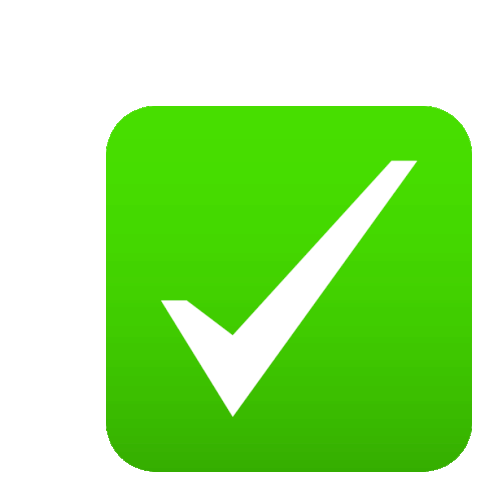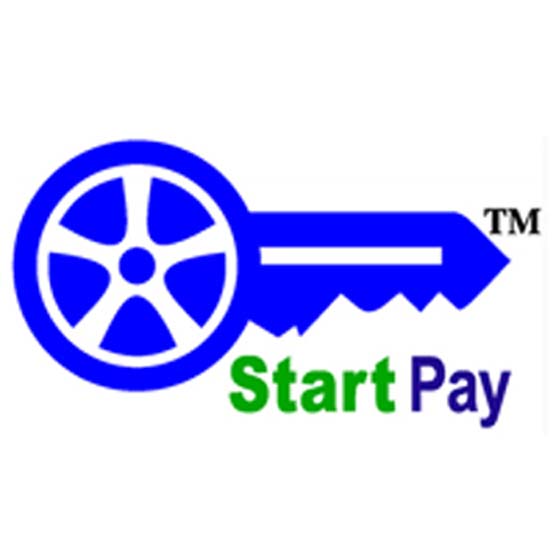#Start Pay Online: Apply for Loans and Partner Programs
!Shubh Shuruaat Start Pay ke Sath!
Technical questions or issues?
Please visit the 24/7 Support Portal or email [email protected]
If you have any questions please email us Contact Us or Here
Application Links
- Personal Loan Application



- Cash Personal Loan Application



- General Loan Information



- Associate Partner Application (DSA CODE)



Anteater 2D Road Conditions wfh wfo work job
Anteater LSOD Common Errors wfh wfo work job
EARN USDC BY AIRTM
EARN USDC BY AIRTM
Telegram Group Links | Join, Share
अपने इनपुट के लिए $7 कमाएँ ₹582.80 /- Indian Rupee
.This is Spain’s feedback and need to check
Start Pay Online Job Info Work Wfh Wfo
Translator OR Transcription:
Short Language Code
English Dubbing Translation Guideline
Timed Net Text Style Guide work job
TTS Language Evaluation Specialist
Get 14% Off Remote's EOR Service
3D Point Cloud Annotation work job wfh wfo
आपके समय और प्रयास के लिए धन्यवाद। यदि आपके कोई प्रश्न हों, Contact Page: https://startpayonline.com/contact/
Additional Information
Knowledge Base:https://crm.startpayonline.com/knowledge-base
तो कृपया मुझसे संपर्क करने में संकोच न करें।
नवीनतम उपलब्ध सर्वेक्षणों तक पहुंचने के लिए रिफ्रेश करें।
Hindi Audio Recording
work job wfh wfo
Audio Recording Update work job WFH who











